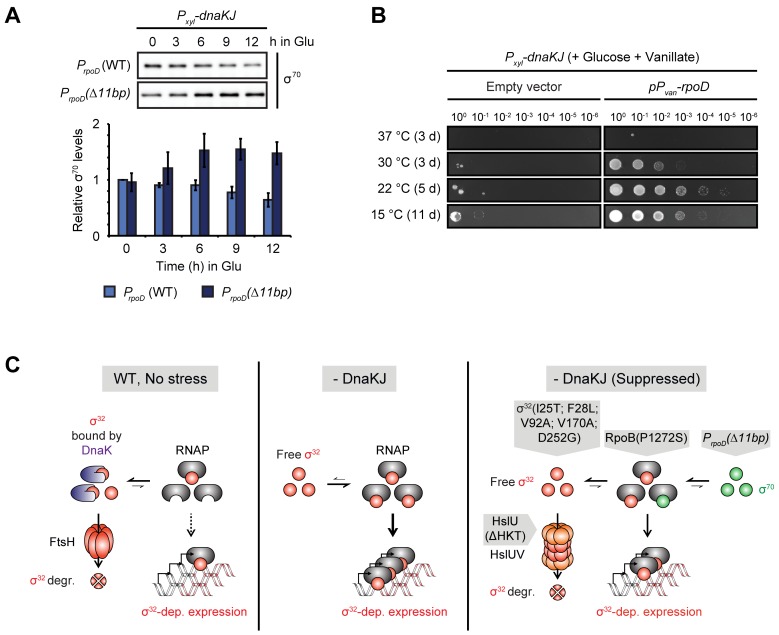Fig 4. Increased levels of σ70 reduce σ32-dependent expression.
(A) σ70 steady-state levels during DnaKJ depletion in the PrpoD(Δ11bp) background compared to the unsuppressed DnaKJ depletion background, PrpoD (WT). Quantifications are shown as the means of independent triplicates. Error bars represent standard deviations. (B) Spot assay of the DnaKJ depletion strain harboring either the empty vector pBVMCS-2 or the pBVMCS-2-PvanA-rpoD plasmid on PYE agar plates containing glucose. Vanillate induces rpoD expression. (C) Model illustrating how the different suppressor mutations reduce σ32 activity. In the wild type (WT) DnaKJ inactivates σ32 and primes it for degradation by the protease FtsH, thus inhibiting expression from the σ32-regulon. Depletion of DnaKJ leads to stabilization and activation of σ32, which is now free to associate with the RNAP and to induce σ32-dependent gene expression. Mutations restoring growth in the absence of DnaKJ lower σ32 activity, either by loss of function amino acid exchanges in the heat shock sigma factor itself, by inducing its degradation through the protease HslUV, by lowering the affinity of RNAP for σ32 or by increasing the levels of σ70 that outcompetes σ32 for binding to the RNAP core.

